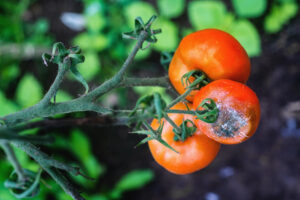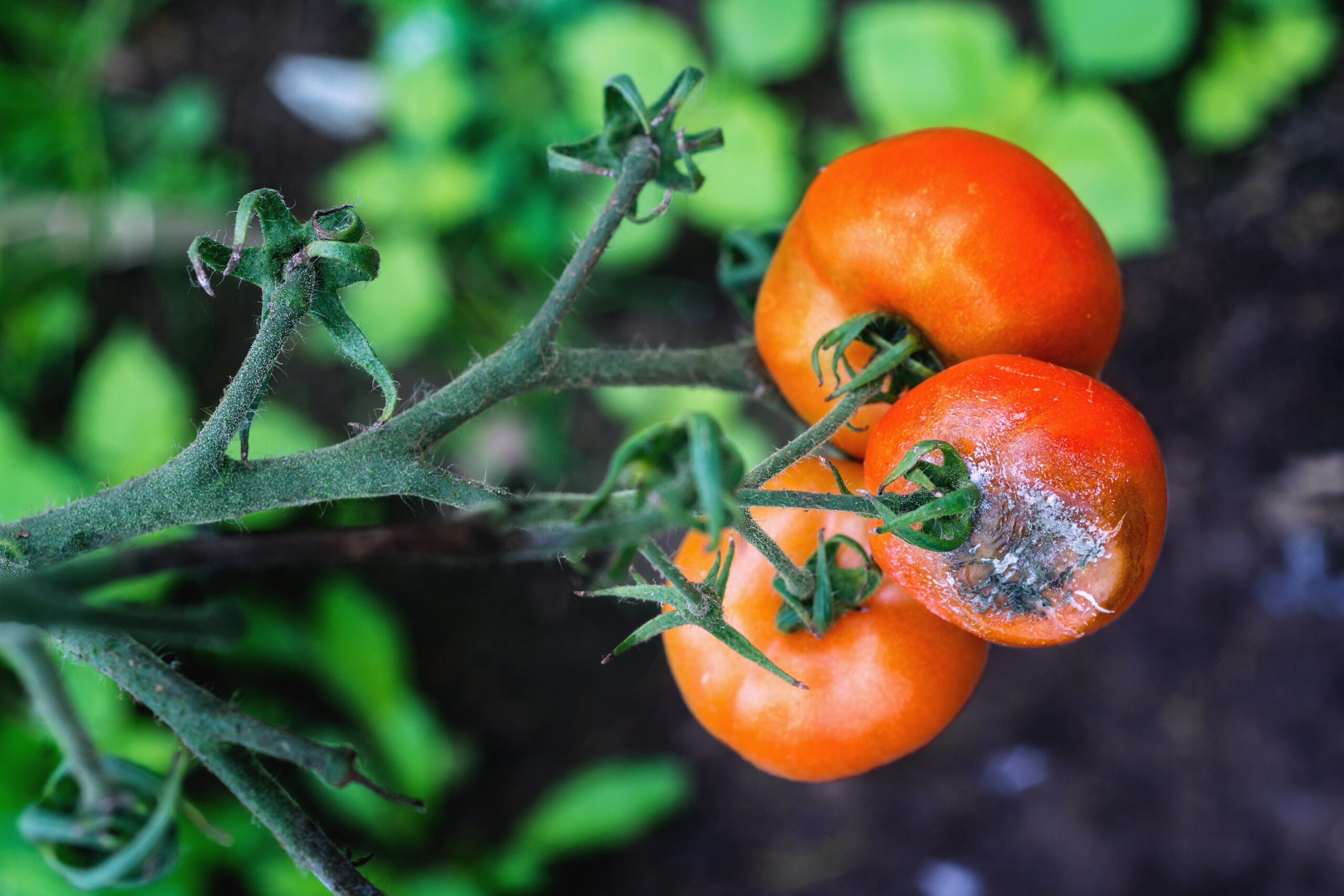Horticulturalist Peter Whyte gives Polydome customers some tips on how to deal with Grey Mould.
Grey mould is a common disease of greenhouse plants in late summer and autumn. The key to controlling it is knowing how it lives and ensuring that it doesn’t get a grip. It is a fungus disease, caused by several different Botrytis species. The commonest one in greenhouses is Botrytis cinerea, which attacks unhealthy, dead or dying plant tissues. If that was all it did, it would be little trouble to growers and just another useful organism recycling our plant wastes into compost. But when established on dead or wounded plant parts it then attacks the neighbouring healthy tissues, killing them back too. It produces a forest of tiny hair-like stems on the surface of the plant, each one ending in a capsule of microscopic dust-like spores. This is the visible ash-grey mould. When you disturb the plant, the capsules release clouds of spores to attack more plants. Some land on tomato fruits where they fail to penetrate unbroken skin and die out, leaving ‘ghost spots’ with white edges and almost transparent centres. Affected tomatoes are edible but don’t look attractive.
Control the fungus by denying it food. Dead-head plants often and remove dying or infected leaves, stems and fruits right away. Never leave fallen fruits on the ground. Water regularly to reduce leaf die-back and fruit splitting. Reduce humidity by ventilating well, thinning out dense foliage, spacing plants further apart, removing weeds and watering only in the morning so plants and the ground surface will be dry all night. Feed plants less nitrogen (which encourages soft, sappy, disease-prone growth) and more potash (which encourages slower, harder, disease-resistant growth). Prune and de-leaf plants in the mornings so the wounds dry off before night. Disinfect the greenhouse and dig over the soil in winter to reduce resting spores.






